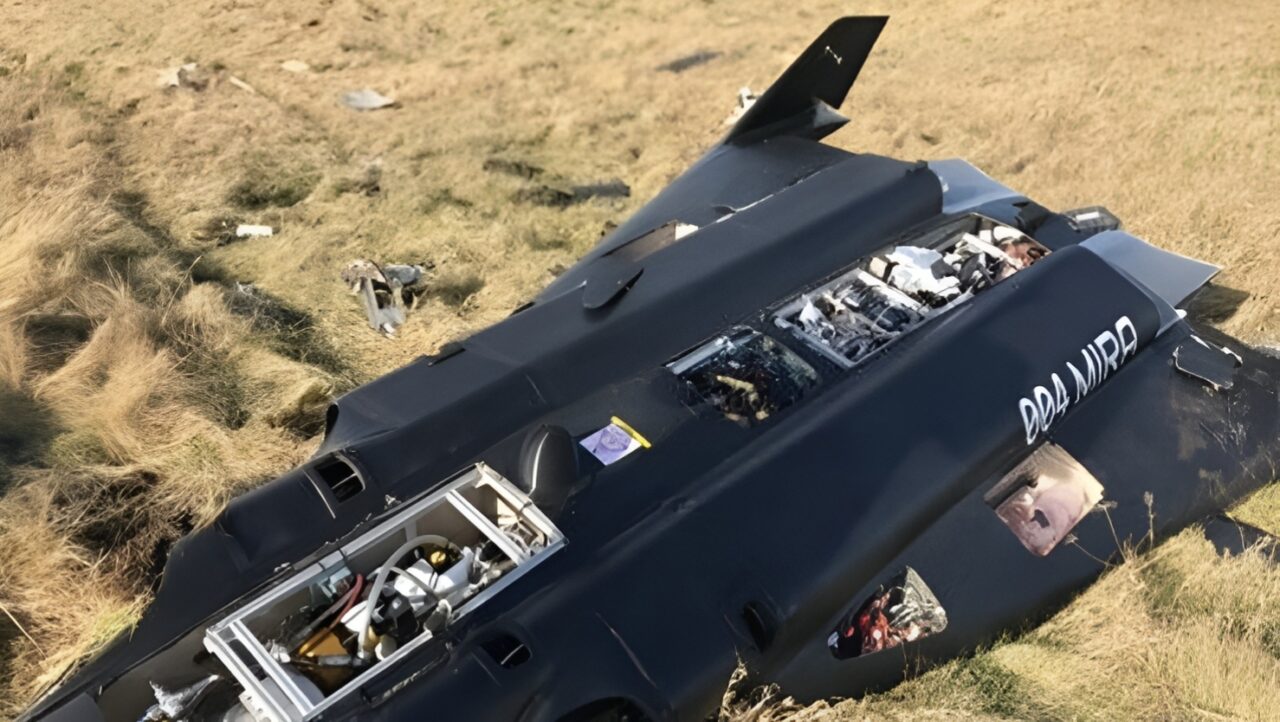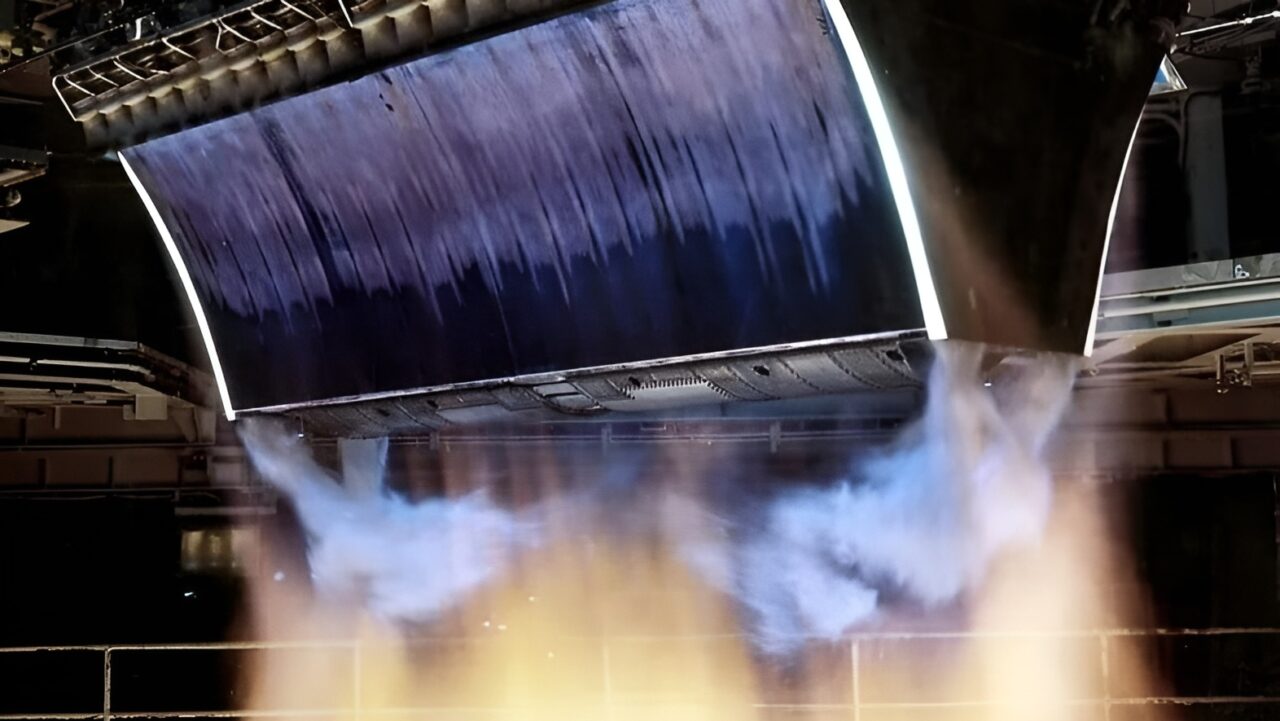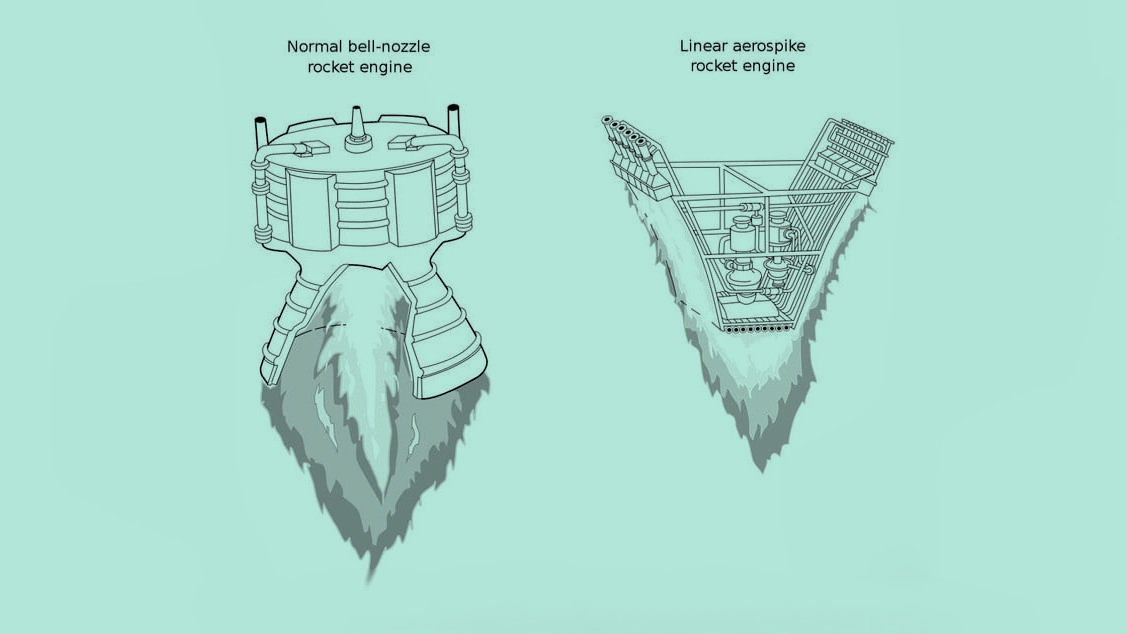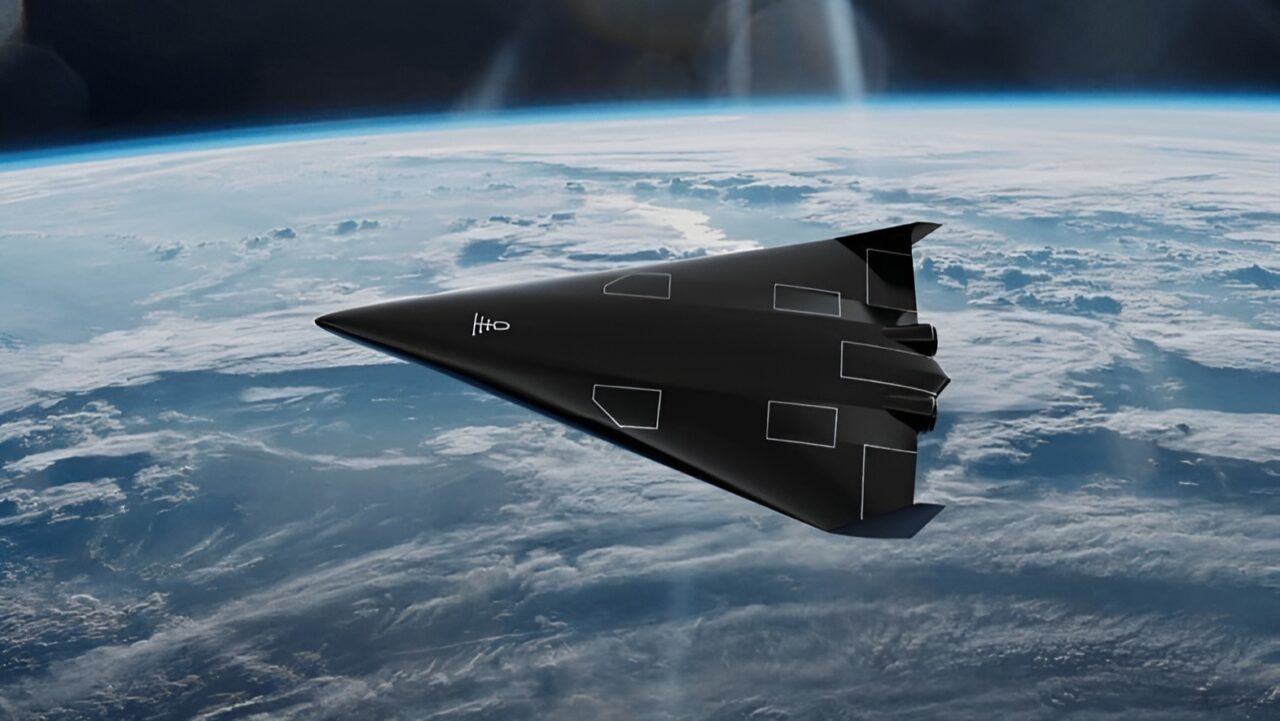In the world of aviation and space exploration, innovation and perseverance often go hand in hand. Polaris Aerospace has taken an exemplary step in this direction, reassembling its aerospike-powered space plane despite its initial crash. The company’s first test flight was a failure, but the company has not given up and announced that it has prepared two new prototypes, the MIRA II and MIRA III, for flight. So what makes this engine so special? Here are the details…
World’s first aerospike-powered space plane ready for flight
Let me say from the beginning that the aerospike engine has a very innovative structure compared to classical rocket engines. Unlike traditional bell-shaped nozzles, the aerospike engine expels exhaust gases around a “plug” in the center. Thanks to this structure, the engine’s performance automatically adapts to different pressure levels in the atmosphere.

In other words, it allows the engine to operate with high efficiency at any altitude, from sea level to space. To be more specific, while classical rocket engines are usually optimized for a specific altitude, the aerospike engine can travel smoothly at any altitude.
In fact, Polaris’s aim is to use the MIRA series it has developed in commercial transportation. This space plane, which can carry both cargo and passengers, will be able to take off from traditional runways and land the same way. Its reusability feature will also significantly reduce the cost of space travel.

However, this technology is still in the testing phase and the first prototype, MIRA I, crashed during takeoff, showing the world how risky this process is. Nevertheless, Polaris Aerospace is hopeful about the potential of this new technology and will soon start testing an 8-meter-long supersonic prototype called NOVA.

What do you think about aerospike engines? You can write your opinions in the comments section below.













